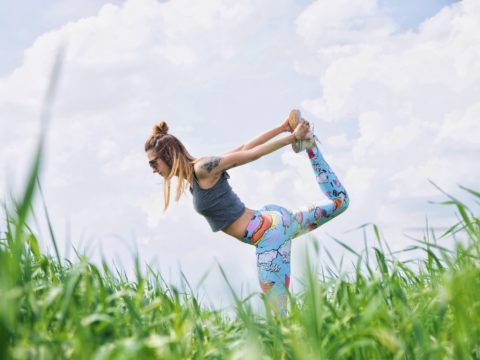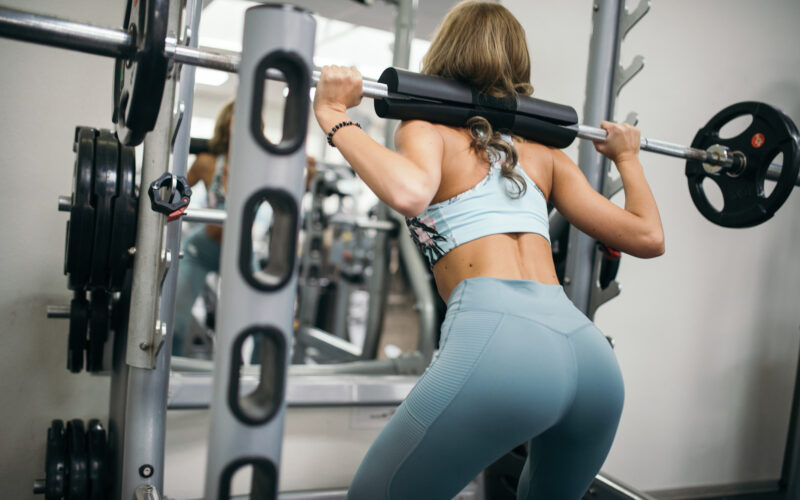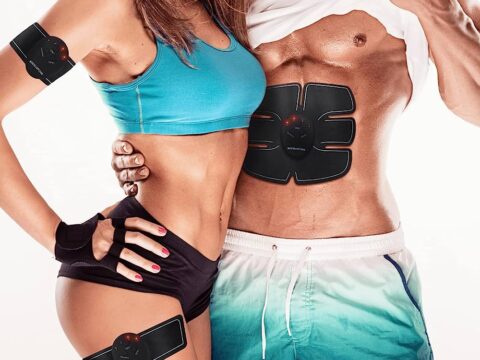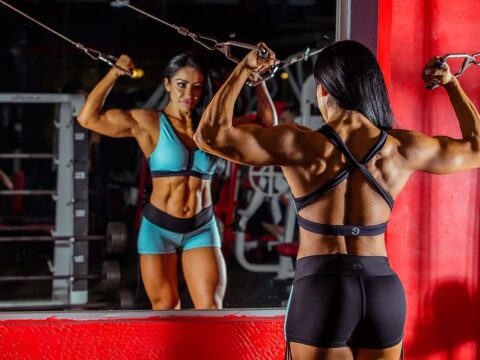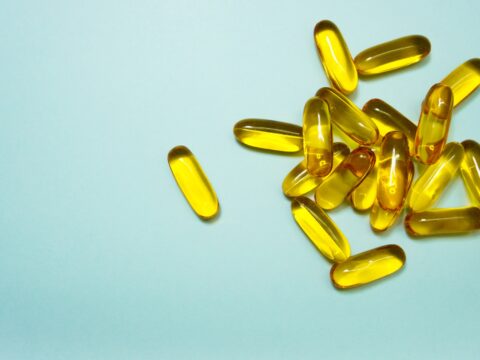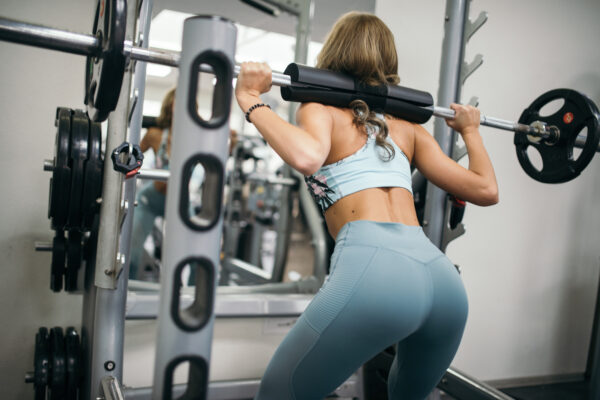Are you ready to shape and grow those glutes to perfection? As a personal trainer who’s helped countless clients achieve their booty goals, I’m excited to share my expertise with you. Building bigger glutes not only enhances your overall physique but also strengthens your lower body and improves your athletic performance. In this article, I’ll provide you with some effective exercises and diet tips to help you grow those glutes like never before.
Exercises to Grow Bigger Glutes
- Squats: Squats are the king of glute-building exercises. Perform barbell squats, goblet squats, or bodyweight squats to target your glutes, quads, and hamstrings. Focus on proper form and gradually increase the weight or resistance over time.
- Hip Thrusts: Hip thrusts are a fantastic exercise for activating and isolating your glutes. Use a barbell, dumbbells, or resistance bands across your hips and lift your hips off the ground, squeezing your glutes at the top of the movement. Vary the weight and rep range to challenge your glute muscles.
- Lunges: Lunges target your glutes, quads, and hamstrings. Perform walking lunges, stationary lunges, or reverse lunges to engage your glute muscles. You can also add dumbbells or a barbell for added resistance.
- Glute Bridges: Glute bridges are a great exercise for targeting the glutes and improving hip extension. Lie on your back, bend your knees, and lift your hips off the ground while squeezing your glutes. You can add resistance by using a barbell, dumbbells, or resistance bands.
- Bulgarian Split Squats: Bulgarian split squats are excellent for building glute strength and stability. Stand with one foot on a bench or step behind you and perform a lunge motion, lowering your back knee towards the ground while keeping your front knee in line with your ankle. Focus on the glute contraction during the movement.
Diet Tips for Building Bigger Glutes
- Consume Adequate Protein: Protein is crucial for muscle growth and repair. Include lean protein sources such as chicken breast, turkey, fish, tofu, Greek yogurt, and protein powders in your diet. Aim for around 0.8-1 gram of protein per pound of body weight per day.
- Eat a Balanced Diet: Ensure you’re getting a variety of nutrient-dense foods in your diet. Include complex carbohydrates like whole grains, fruits, and vegetables to provide energy for your workouts. Don’t forget healthy fats from sources like avocados, nuts, and olive oil to support hormone production.
- Stay Hydrated: Hydration is important for overall health and muscle function. Drink plenty of water throughout the day to stay hydrated and support optimal muscle growth.
- Prioritize Post-Workout Nutrition: After your glute-focused workouts, replenish your muscles with a post-workout meal or snack containing both protein and carbohydrates. This will help with muscle recovery and growth.
- Consider Caloric Surplus: To build bigger glutes, you may need to consume a slight caloric surplus. This means consuming more calories than you burn to provide your body with the energy it needs for muscle growth. Monitor your progress and adjust your calorie intake accordingly.
- Don’t Neglect Rest and Recovery: Allow your glute muscles time to recover and grow. Adequate sleep, rest days, and stretching or foam rolling can help reduce muscle soreness and promote optimal recovery.
Growing bigger glutes takes dedication, consistency, and the right combination of exercises and nutrition. Incorporate these glute-building exercises into your workout routine and follow a balanced diet that supports muscle growth. Remember, results take time, so be patient and stay committed to your goals. Embrace the journey of sculpting those strong and shapely glutes and enjoy the confidence and strength that comes with it. Let’s get those glutes growing, ladies!
Brad Goodwin
Brad is personal trainer for PureGym UK and a key contributor to Six Pack Workouts UK and the 12WeekShred program. He specialises in body confidence, body fat reduction, nutritional guidance, strength and conditioning and weight loss with qualifications in various levels of personal training and nutrition.
Related articles
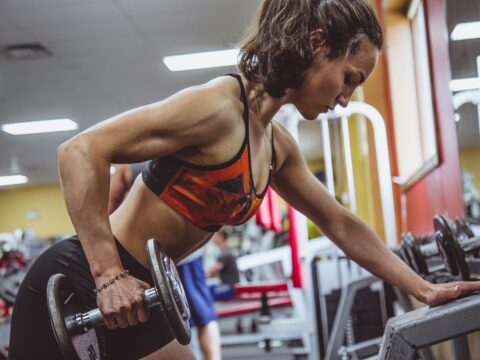
How to Build the Perfect 3D Abs
Brad GoodwinDec 15, 2022